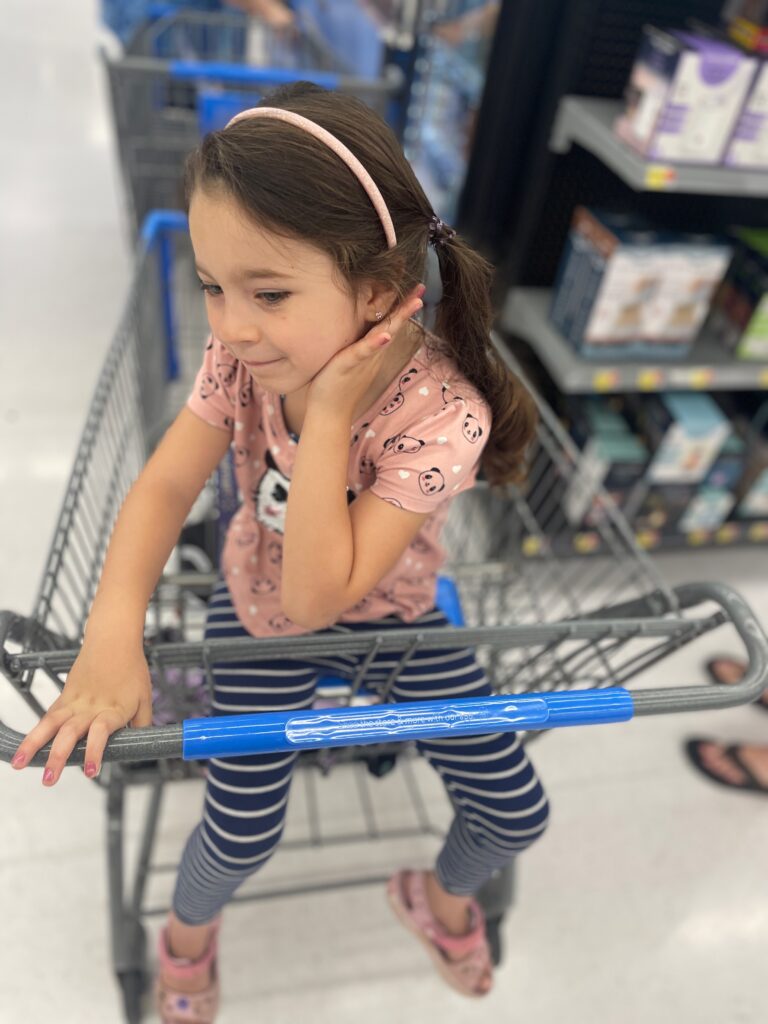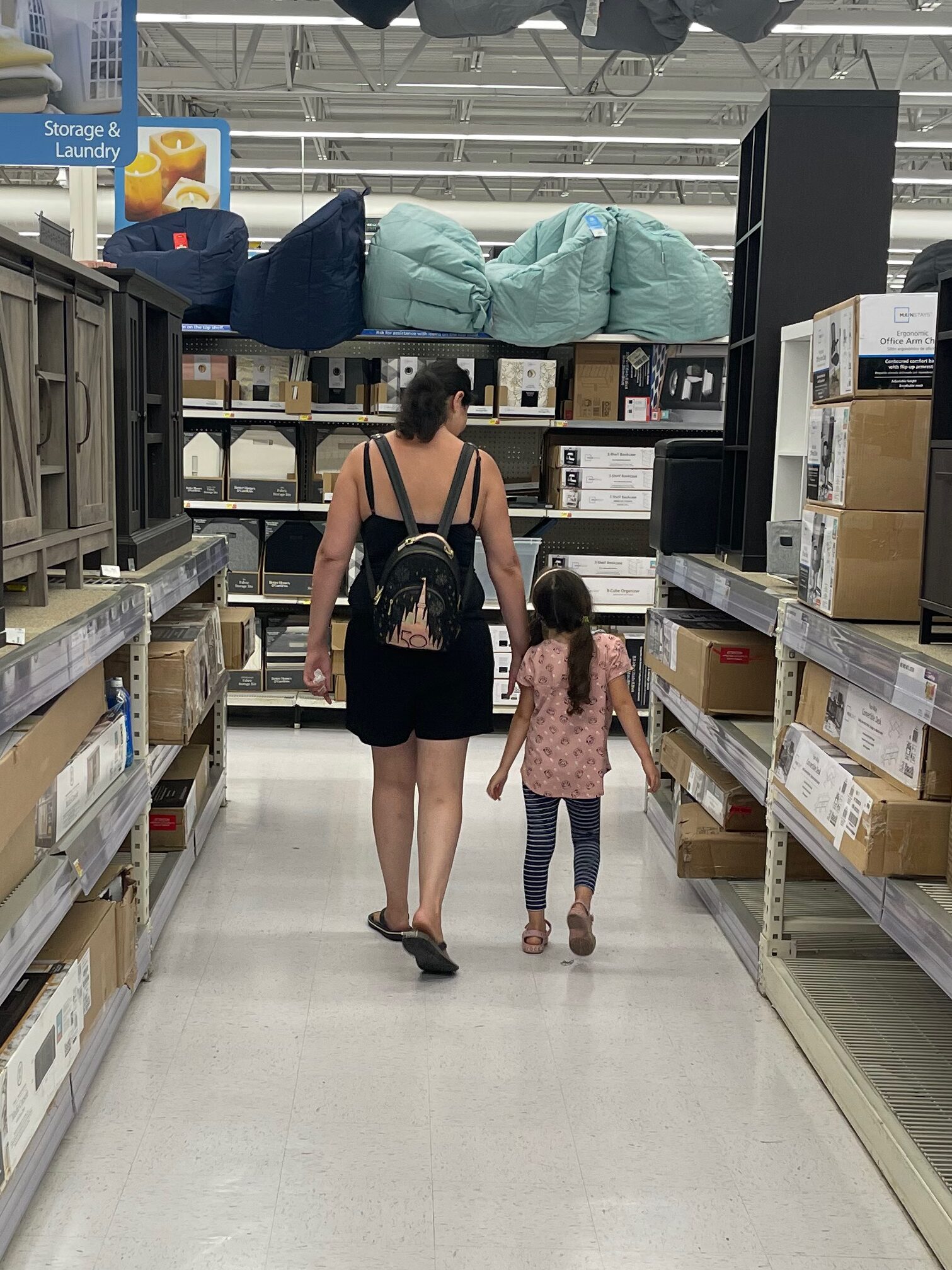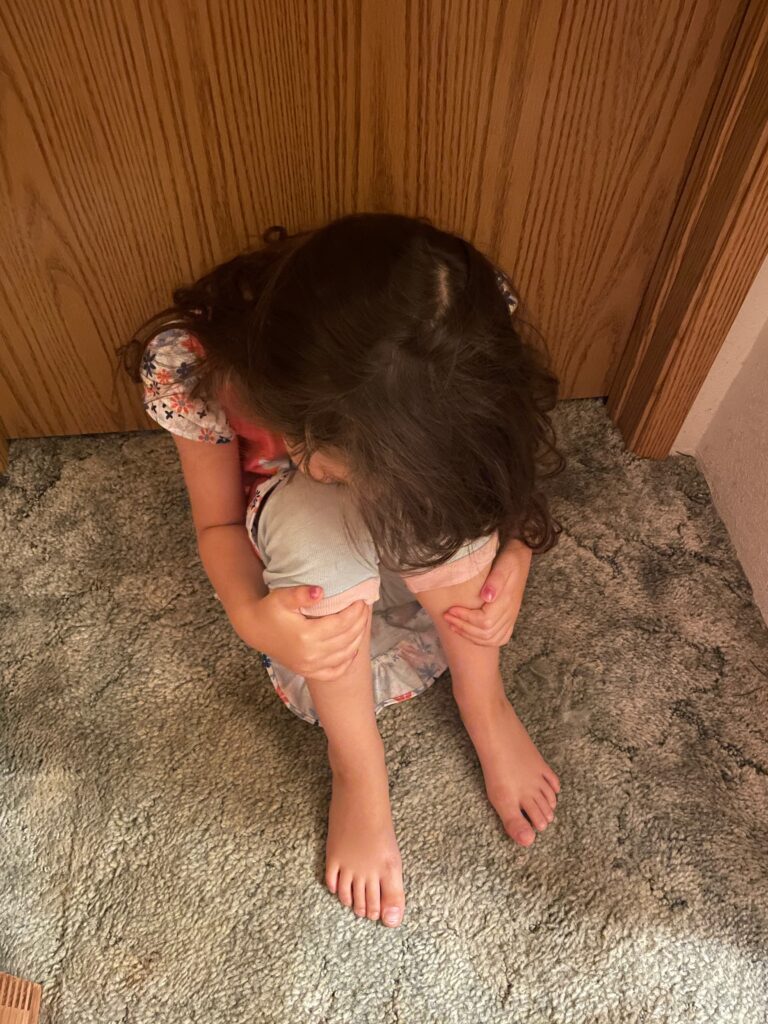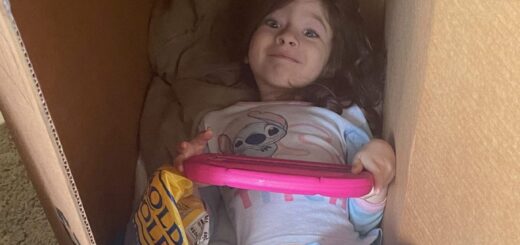6 Effective Strategies for Managing Behavior in Children
As a former teacher and parent, I know we need effective strategies to help us manage behavior. Every parent and guardian has experienced a moment when their children behave poorly. Whether it be a meltdown at the store, trying to run away, crying, hiding, etc. This is usually because children get bored and want to play, are tired, need attention, are frustrated, mad, etc.
This is normal, and I say this to myself as I am saying this to you. Toddlers and preschoolers get tired and want to play, which is normal. There are no bad children, only bad behaviors. Usually, there is a reason why our children are acting up. Either they are bored, tired, hungry, or want our attention. I have learned this in my years of teaching and being a parent to my 4-year-old daughter, Paloma.

Let’s think about what we are asking of our children for a second. How many of us adults can sit still for a long time without our phones and not get bored? So why do we expect children to be able to do something even we adults struggle with?
Although we understand this, we must go shopping, run errands, or are busy. We can’t always give our children the attention they crave. This is why we need to have strategies to help us guide them without getting angry, especially in the middle of the store.
Here is a list of strategies I use with my daughter:
Set Clear Expectations and Be Consistent:
This is one of the most important parts of managing behavior correctly at home and in the classroom. Children do not know right from wrong or how to behave in society. It is our job as parents and guardians to teach them.
We must tell them the rules when we go to the store or any place where unwanted behavior happens. For example, tell them they cannot touch things in the aisle when you go to the store. They can only touch what they are going to buy.
You need to be consistent and not change the rules. Children need to know that no matter what store they go to, they can only grab things with your permission.
Follow Through:
Now that the expectations are set and consistent, there must be consequences. Consequences are essential for children to learn because life has them. Explain to them what the consequences are calmly. Tell them they will have a consequence if they continue the behavior. Consequences do not need to only be for bad behavior. They can also be used to reinforce positive behavior.
For example, If they behave, you need to have a good consequence. This could be anything from being praised, getting a small reward (like a snack), or a fun activity. With Paloma, I usually take her to the park if she is good at the store. If we don’t have time for the park, I will let her have one of her favorite snacks.
The same needs to be done if they do not behave, set a consequence. It could be not getting their reward or losing time doing a favorite activity. This has to be personalized to each child. The critical factor is that you need to follow through. If the consequence is no screen time, you will need to follow through. If you don’t, they will think that you are not reliable, and why should they have to listen? It makes managing behavior harder, so pick your consequence wisely.

Model Behavior:
Albert Bandura, a psychologist who contributed to the field of education, theorized that children learn best with modeling. As a former teacher, I have seen Bendura’s theory proven many times. Children learn by modeling or as the saying goes, actions speak louder than words. Meaning that children learn from their parents’ or guardians’ examples.
That said, model the expected behavior so your child can see how to behave. For example, You may want to point out how you are not running all over the store but walking, and only grabbing the items you will purchase.
Ignore Bad Behavior:
You should ignore bad behavior as long as the behavior is not dangerous. This is one of the most challenging strategies to do. However, if it is done right, it works great. If you realize that one of the reasons the child is behaving poorly is because they want attention, giving them attention, even negative attention, reinforces the behavior.
For example, When talking to my mom on the phone, Paloma sometimes begins climbing over me and trying to steal my phone because she wants my attention. When she acts like this, I get mad because I am human, gasp! And sometimes, I do raise my voice, and this is only encouraging her bad behavior.
It has taken me a bit to fix this by ignoring her as long as she is not hurting herself or others and giving her attention when she is acting appropriately, such as putting her hand on my arm and waiting for her turn.

Distract with Positive Activities:
One way to manage behavior is to distract with positive activities. For example, playing games or singing songs to distract from negative behavior that the child is doing. This strategy has come in handy many times when Paloma is having a meltdown, or she is upset, and we are in the store or a car.
Another example is when I have to go to the pharmacy. Paloma likes to go to the pharmacy with me. However, she wants to run away while I wait in line to pick up my medications. To keep her engaged and to stay with me, we play Simon Says. She loves that I am playing with her, she is no longer bored, and she is getting positive attention, making it a stress-free trip to the pharmacy that we both enjoy.
Breathing Exercises (AKA Breath Bubble)
Another great strategy during meltdowns is taking a deep breath with an extended exhale. I do this exercise using the Calm App on my phone. I like this app because it shows us a visual of how to breathe, which is easy to do. Paloma and I call this exercise breath bubble.
This is helpful not just when she is crying but also when she is stressed, frustrated, or angry. She has become so good at taking breaths to calm herself that she even reminded me to do them when she notices I am stressed or angry.
Wrapping Up
Not all children are the same, and these strategies can be adapted and adjusted to each child. I hope these strategies I use to manage behavior with my daughter and in the classroom might also help you.
More articles for Managing Behavior
Managing Problem Behaviors at Home
Encouraging Positive Behavior: Tips
How to discipline your child the smart and healthy way
Some parenting book suggestions on the Book Club Page might interest you.



